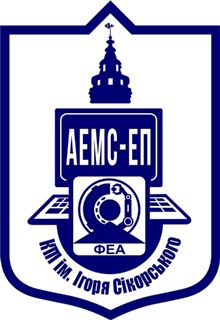A doubly fed induction generator test facility for grid fault ride-through analysis
A doubly fed induction generator test facility for grid fault ride-through analysis (2012) IEEE Instrumentation and Measurement Magazine
Atkinson, D., Pannell, G., Cao, W., Zahawi, B., Abeyasekera, T., Jovanovic, M.
With the increasing concerns over climate change and fossil fuel depletion, exploitation of renewable energy has become paramount in electricity generation. Currently, it is wind energy that is firmly in the spotlight. The last three decades have seen increasing proliferation of wind power generation, and much effort and substantial funding have been directed towards developing larger and better wind turbine (WT) power generation systems. These efforts have led to substantial improvements in turbine blades, turbine generators, drive trains, and control methods. Among all of the technologies used for wind turbine generators, variable speed doubly-fed induction generators (DFIGs) are the dominant installation in medium and large sized WTs. A salient feature of this technology is that the stator is connected to the power grid, and the rotor is fed by back-to-back converters to meet the requirements for variable speed operation. In a DFIG wind turbine generator, rotor speed typically varies by ±30% around the synchronous speed, and an economic advantage is gained from downsized power converters which require only a fraction of the total power of the DFIG.










